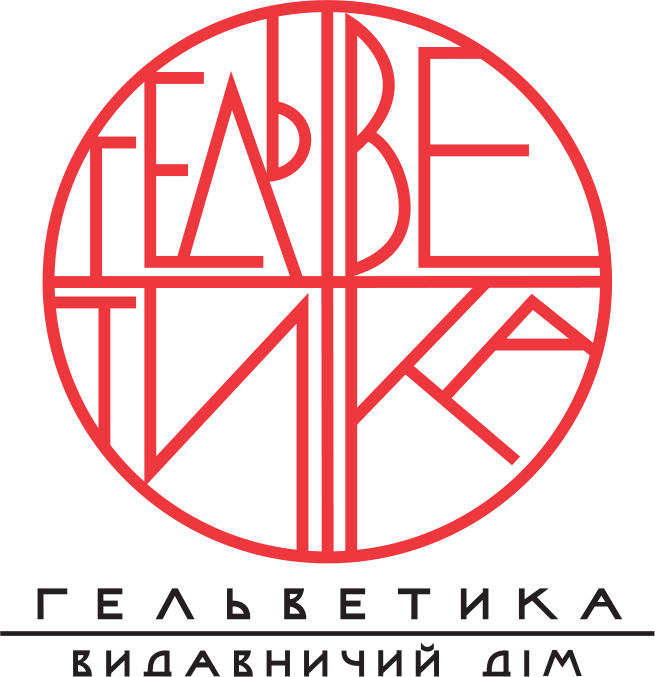BETWEEN FAIRY TALE AND IDENTITY: THE VISUAL IMAGE OF UKRAINE IN THE BOOK COSSACK FAIRY TALES
DOI:
https://doi.org/10.32782/uad.2025.2.1Keywords:
Ukrainian folklore, folk tales, illustration, visual representation, cultural identity, Cossack Fairy Tales and Folk Tales, cultural memory, publishing discourseAbstract
This article is devoted to an art historical analysis of the English-language edition Cossack Fairy Tales and Folk Tales (1894), which is considered the first translation of Ukrainian folk tales for a Western audience. The study highlights the importance of accurate cultural illustration, particularly in the context of visually representing national identity. Objective: The aim of this article is to analyze the aforementioned edition with a focus on its illustrative material. The study seeks to examine the visual representation of Ukrainian folk heritage in the context of national identity formation. Methodology: The aim of this article is to explore how the illustrative material in Cossack Fairy Tales and Folk Tales constructs a visual image of Ukraine, and to determine to what extent this representation reflects national identity or transforms it to meet the expectations of a foreign audience. To achieve this, the study analyzes the artistic techniques and visual codes employed in the book. Scientific novelty: For the first time, the visual component of the book is the subject of scholarly examination. The article explores the mechanisms of artistic adaptation of Ukrainian imagery to the conventions of the late 19th-century Western European publishing format.It also offers an interpretation of the illustrations as an example of the visual subordination of a local cultural code to a broader, universalized one–East Slavic or even Russian. Results: The analysis reveals that the illustrations in Cossack Fairy Tales and Folk Tales construct a generalized visual image of Ukraine that lacks ethnographic accuracy. This image was shaped not only by the artistic conventions of the period but also by the expectations of a Western audience inclined to perceive the East as an exotic space. It is shown that such transformation of imagery may lead to a loss of local cultural distinctiveness, as visual codes become part of a homogenized, globalized perception. In this context, the illustrations function as a tool in the formation of cultural memory.
References
Bain R. N. (Ed. & Trans.). Cossack fairy tales and folk-tales (Illus. by E. W. Mitchell). A. L. Burt Company. 1894
Zorivchak R. P. The first English translation of Ukrainian fairy tales. Forum, №62. 1985. 9–11.
Карпенко С. Д. Генеза українського казкознавства: періодизація та проблематика досліджень. The V International Scientific and Practical Conference «Priority directions of science development», February 06-08, Hamburg, Germany. 2023. 342 p.
Odrekhivska I. Decolonial analytics in translation history: Ukrainian literature in the contested space of English translation. World Literature Studies, №16. 2024. 4–14.
Anderson B. Imagined communities: Reflections on the origin and spread of nationalism. In The new social theory reader. Routledge. 2020. P. 282–288
Törnquist-Plewa B. Cosmopolitan memory, European memory and local memories in East Central Europe. Australian Humanities Review, 2016. №59. P. 136–154.
Киридон А. М. Потенціал комеморативних практик у конструюванні національної ідентичності : концептуалізація. Історична пам'ять : наук. журн. Полтав. нац. пед. ун-т імені В. Г. Короленка. Полтава, 2020. Вип. 42. С. 7–19.
Бевз T. А. Українська ідентичність і національна безпека у викликах сьогодення. Українознавство, № 4. 2020. С. 143–158.
Садовенко С. Хронотоп народної художньої культури: семантика часу і простору. Культурологічний вісник, №42. 2021. С. 64–71
Bain R. N. (Ed. & Trans.). Cossack fairy tales and folk-tales. George Harrap. 1916.
Buckma D. Noel Laura Nisbet. In Dictionary of artists in Britain since 1945. Art Dictionaries Ltd. 1998. P. 911.
Demchuk S., Levchenko I. Decolonizing Ukrainian Art History. Nationalities Papers. 2024. P. 1–25.



